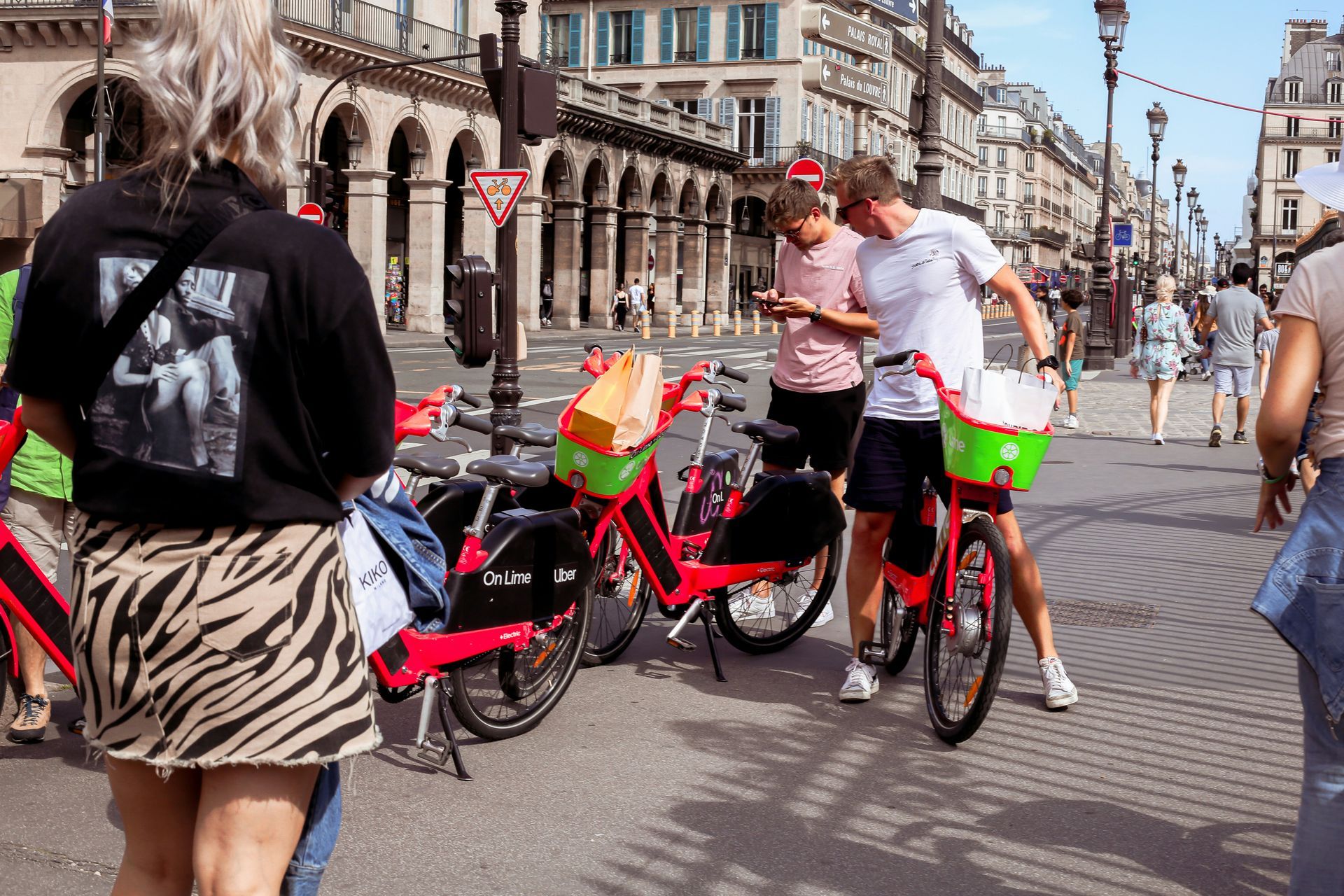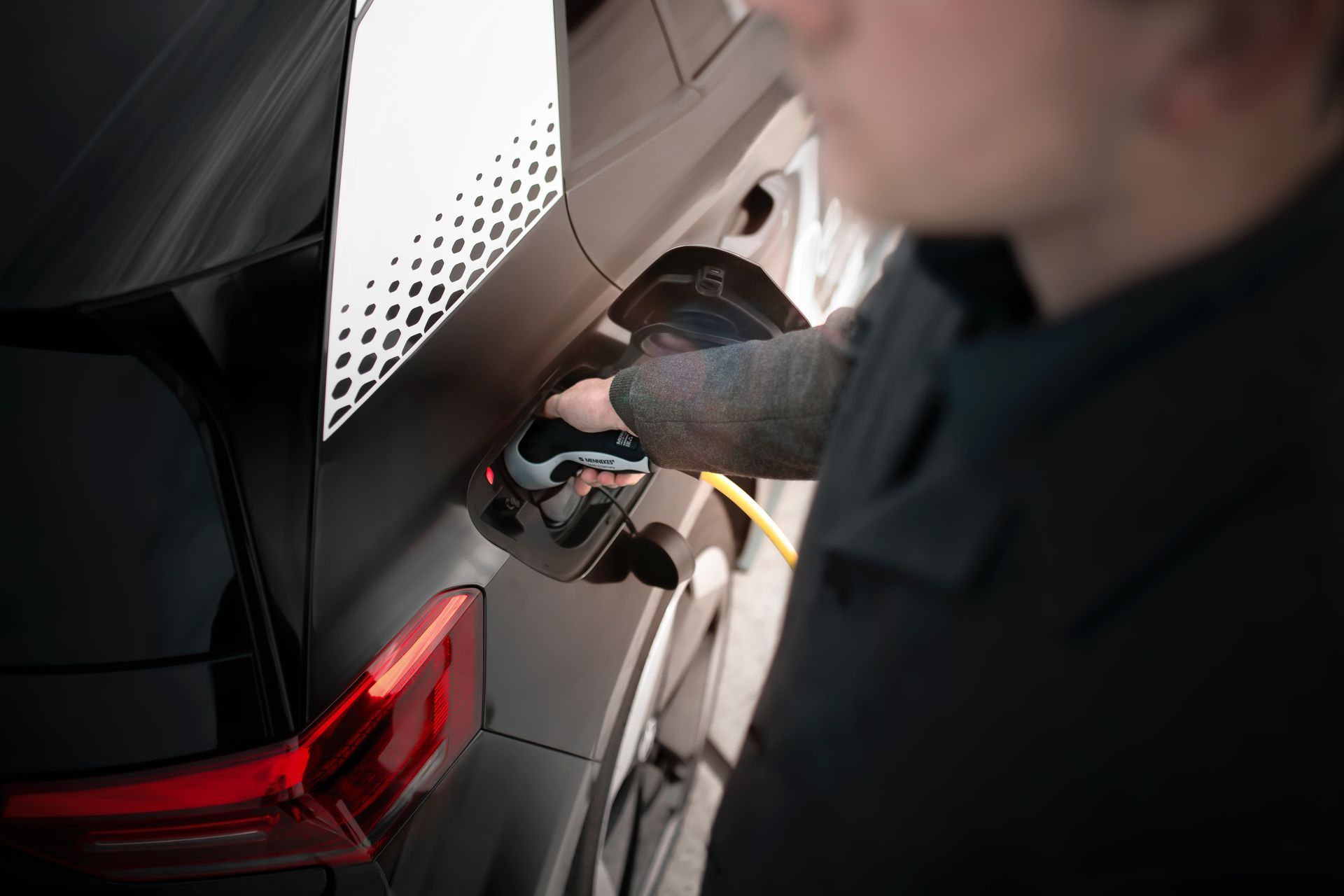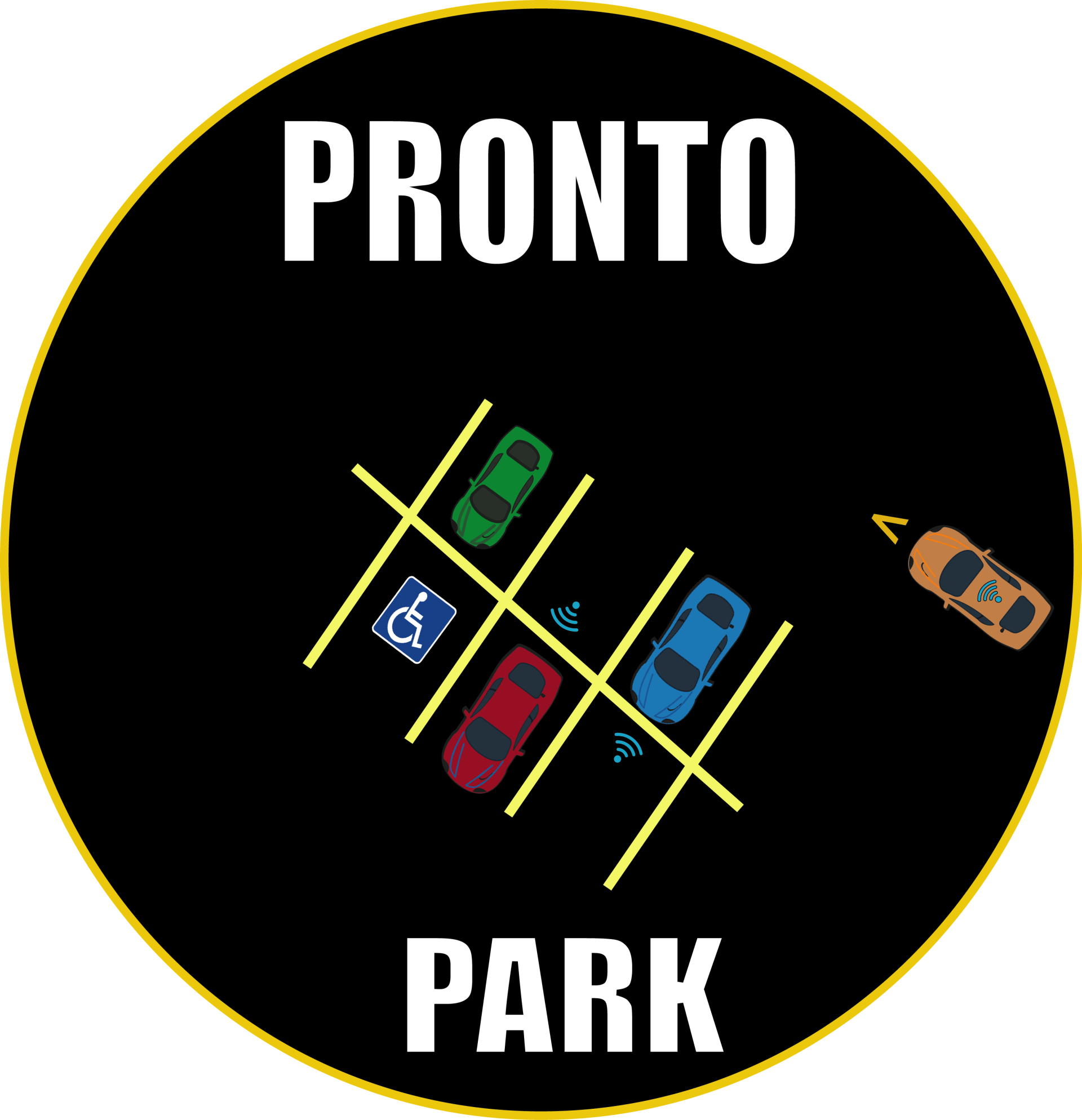
Wireless Car Charging Technology For Electric Vehicles
The future of wireless electric vehicle charging is now a reality. Wireless charging works by creating a magnetic-resonance field, and then transmitting wireless signals to initiate the charging process. A wireless charging system can detect a vehicle passing over the system and automatically terminate the charging process once the vehicle drives away. This technology is known as WEVCS, or Wireless Electric Vehicle Charging System. It has many benefits and is easy to use.
While electric vehicle Charging isn't yet widespread, the wireless car charging system developed by Momentum Dynamics is a game-changing development for the electric vehicle industry. The wireless car chargers use wireless inductive technology, and a series of round coils create invisible magnetic fields. During a charging session, a battery is recharged with a speed that's faster than a 30-minute quick charge.
The system works like a conventional charger, but it's much faster because it doesn't require plugging in or disconnecting the vehicle. Because of this, it's easy to keep a vehicle in service throughout the day, unlike a conventional charger. Wireless charging is similar to pantograph fast charging, and the system does not require mechanical alignment, which is important for city planners and depot owners.
With the increasing popularity of electric vehicles, automakers are hedging their bets on multiple technologies. While Tesla hasn't adopted wireless car charging, other automakers are moving in this direction, including Toyota. The global market for wireless car charging is predicted to grow to six-fifths of a billion dollars by 2025, with more than 30 million EVs and PHEVs sold annually.
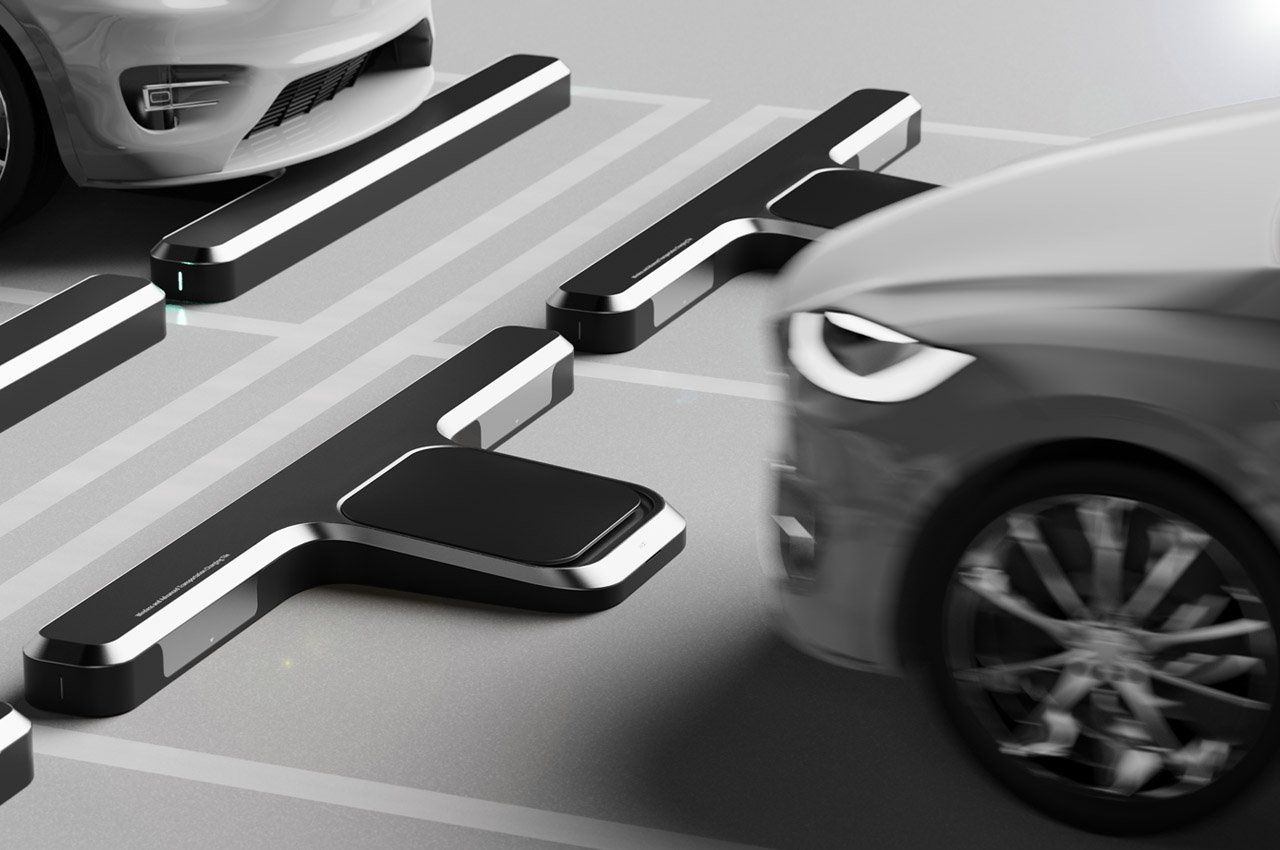
Slide title
Write your caption hereButton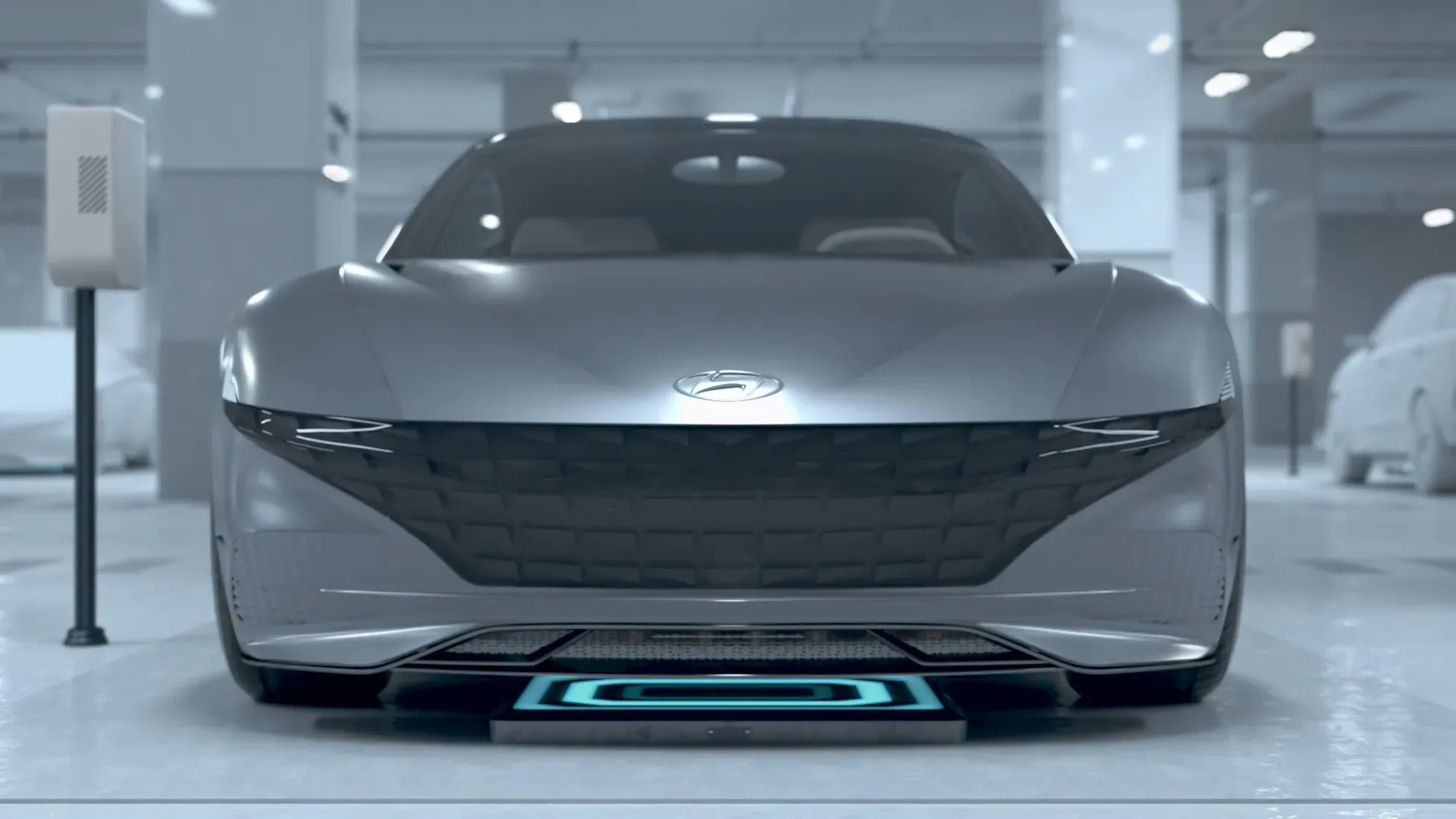
Slide title
Write your caption hereButton
One company pursuing wireless car charging for electric vehicles is WiTricity. The company has been actively engaged in factory-installed EV wireless charging systems. Now it wants to offer an aftermarket solution to this market. In late 2022, WiTricity will roll out a limited beta version of the wireless car charging system in the US, with broader availability planned for 2023. This technology is intended for home, work, and fleet charging. It does not make sense to offer this technology to public areas.
The company was founded in 2007 on the innovations of MIT professor Marin Soljacic. Soljacic had discovered a way to move electricity without wires using magnetic resonance. The team initially aimed to develop a wireless car charging system for anything that has a battery or power cord. Since then, they've worked with Fortune 100 companies in the medical device, consumer electronics, and industrial applications space. However, their current focus is in the automotive industry.
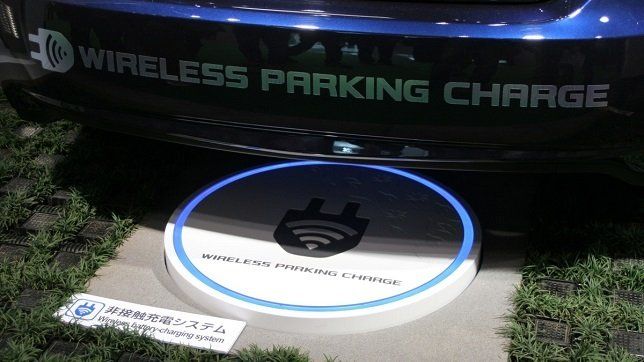
Slide title
Write your caption hereButton
Nissan has demonstrated a new solar-powered wireless car charging technology for electric vehicles called the Solar Tree. This twelve-meter tall concept features three translucent round solar panels that are projected to have a conversion efficiency of 30%. It also features a wireless charging pad that is designed to recharge batteries from a short distance. The Nissan wireless car charging technology for electric vehicles could be a major step in advancing the electric vehicle market. The wireless charging system works with an electromagnetic field, the same technology used to charge electric toothbrushes. With the wireless car charging system, a person simply parks his or her vehicle in a designated parking spot, and it begins charging immediately.
While there are many benefits of wireless charging, Nissan says this will greatly streamline the process. It will be universal, which means that people can charge their EVs anywhere. Additionally, the wireless charging system will be easy to use and offer high efficiency. Unlike conventional chargers, wireless charging is a convenient option for electric vehicle owners, and Nissan is working with WiTricity to ensure its systems have high interoperability.
Automakers such as BMW, Hyundai, Kai, and Volvo are also working on wireless EV charging. Volvo’s says its wireless EV charging system is almost four times quicker than an 11kW wired connection. At 40kW, in fact, speeds will be comparable to a wired 50kW DC rapid-charger, meaning the XC40 taxis should be able to charge from 20 to 80 percent capacity in just over an hour.

